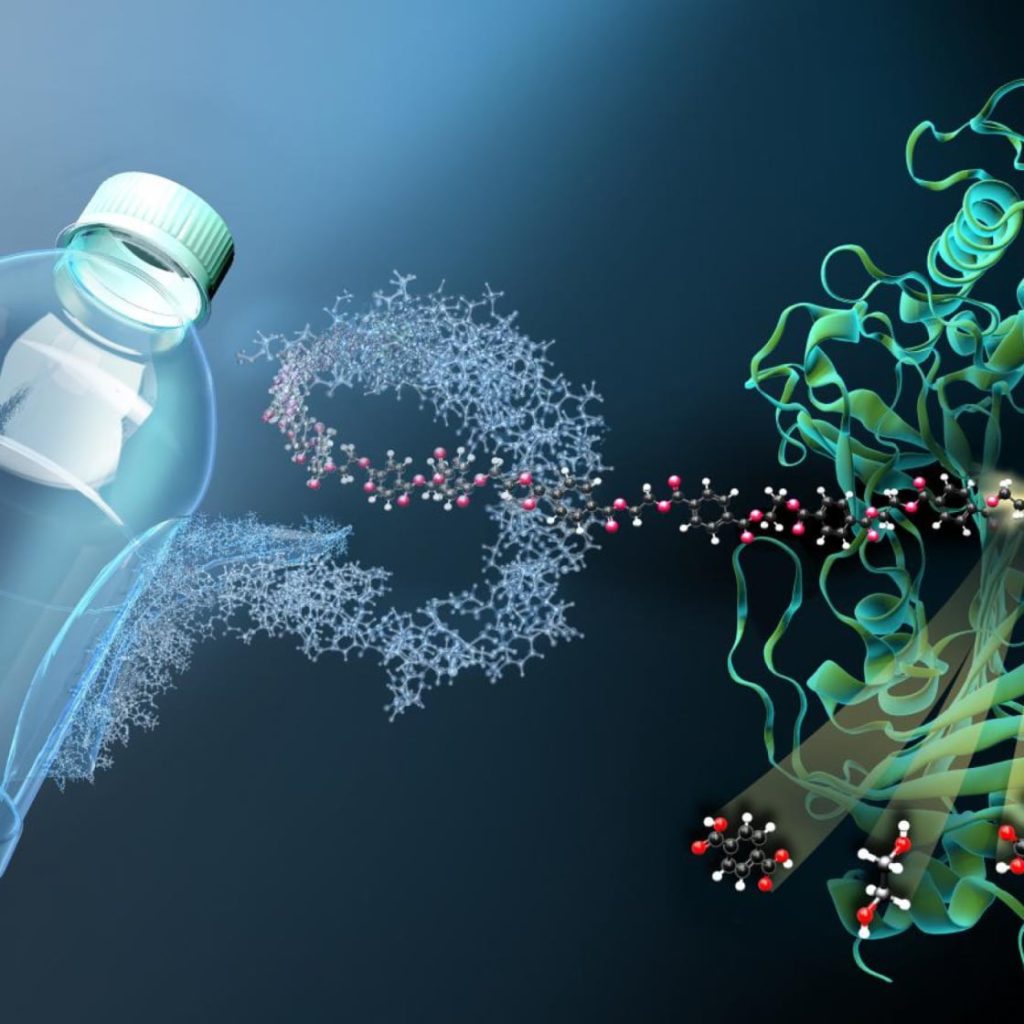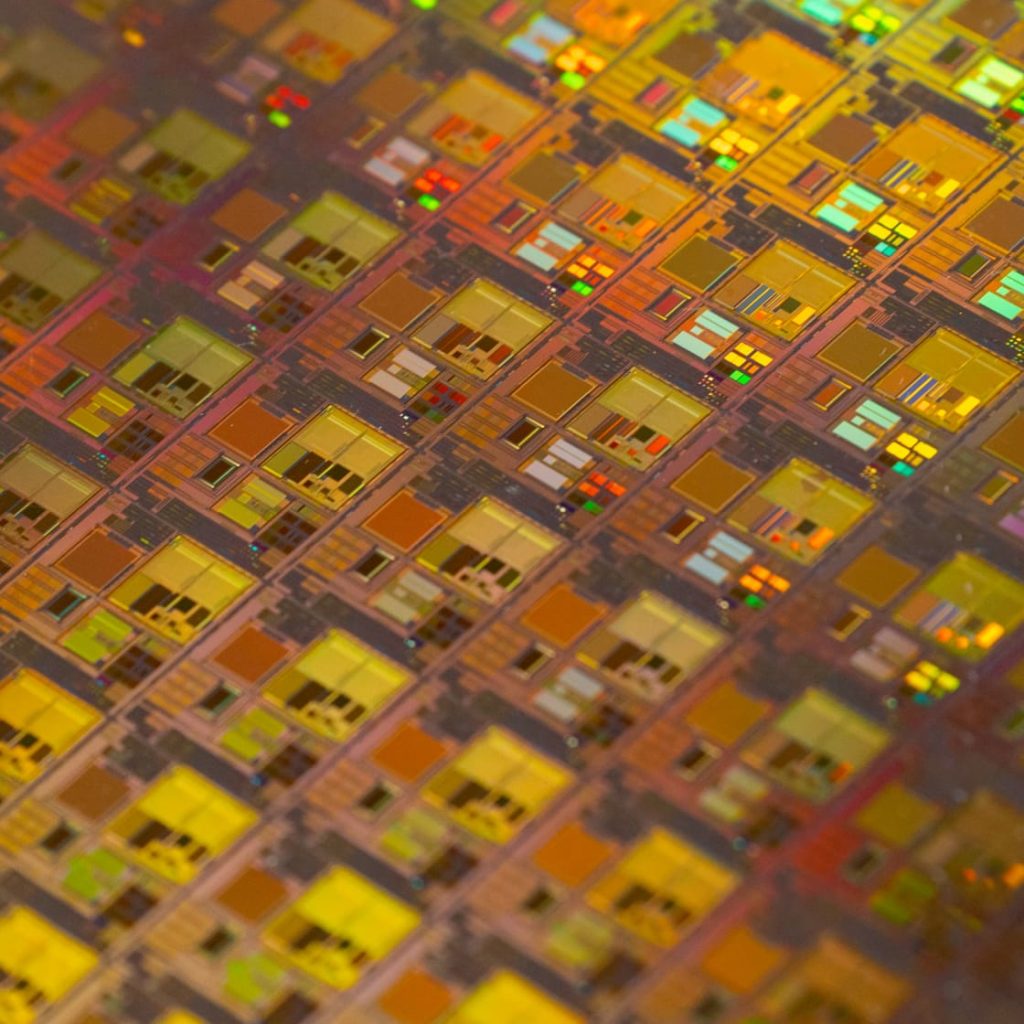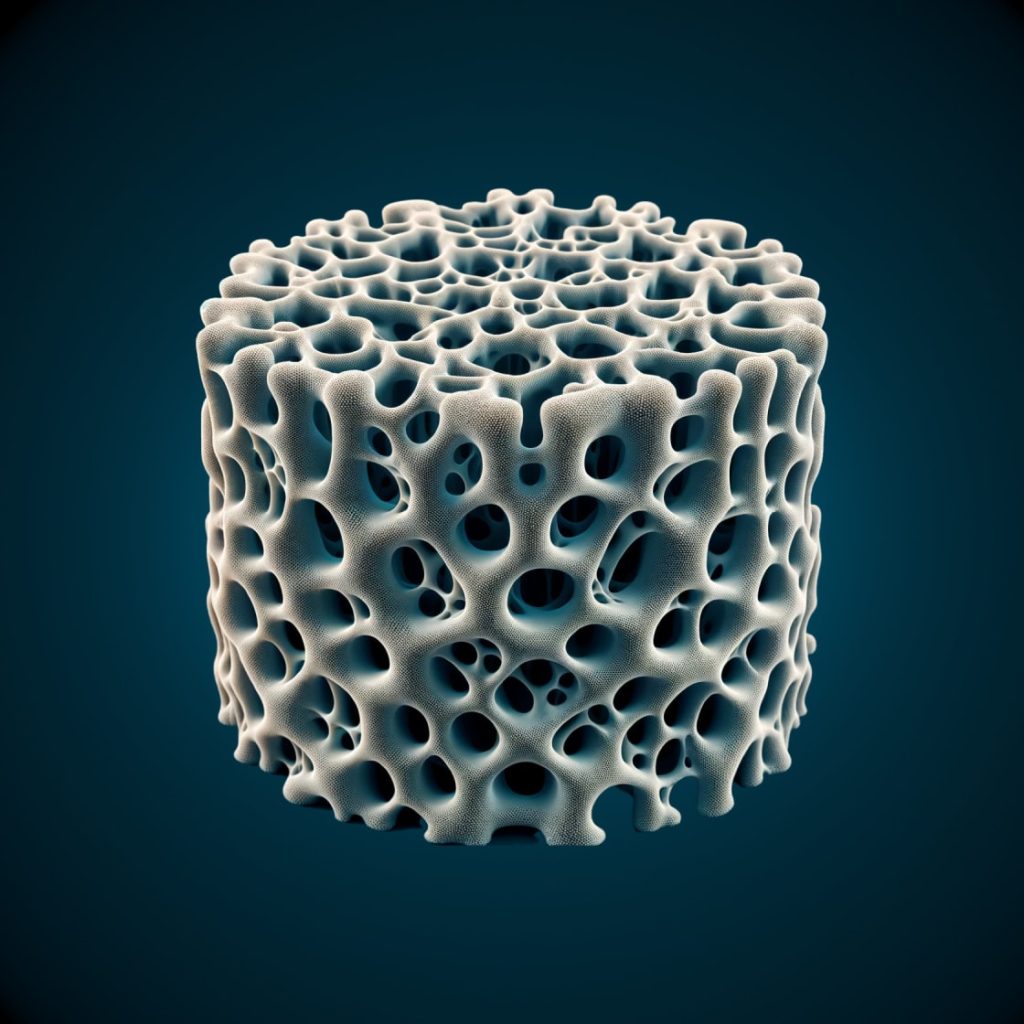Overview Of Research Areas
We enable green material technologise by harnessingour cross-disciplinary expertise in electro-optics, energy, enzyme, element-control and engineering

The Theoretical and Computational Biophysics Group at GeM Laboratory pioneers interdisciplinary research at the nexus of physics, computational biology, and data science. By integrating multiscale molecular dynamics simulations, statistical physics theories, and machine learning-driven analytics, the group deciphers the structural dynamics and functional mechanisms of biomolecules—from protein folding and DNA interactions to chromatin organization. Collaborating closely with experimentalists, the team bridges computational models with cutting-edge experimental techniques like cryo-EM and single-molecule assays to address challenges in neurodegeneration, cancer biology, and biomaterial design.
- Complex biosystems at molecular level
- Theoretical and Computational Biophysics
- Structure-Function Relationship
- Multi-scale Modelling of Biomolecules
- Multi-scale Modelling of Biomolecules
- Protein Design

The Materials Modeling and Scientific Computing Group at GeM Laboratory pioneers cutting-edge research in computational mathematics and machine learning to decode complex phenomena in soft matter and advanced materials. Led by Prof. Zecheng Gan, the group focuses on developing scalable numerical algorithms, data-driven methodologies, and multiscale modeling frameworks for simulating electrostatics, hydrodynamics, and charged systems at mesoscopic scales. Their mission is to bridge theoretical insights with engineering applications, advancing innovations in energy materials, dielectric colloids, and biomolecular systems. By synergizing high-performance computing, AI-enhanced simulations, and cross-disciplinary collaborations, the team aims to establish predictive computational paradigms for next-generation material design and smart manufacturing.
- Fast algorithms for materials simulations
- Data-driven and machine learning approaches for materials sciences
- Applied math and scientific computing
- Computational electromagnetism and hydrodynamics
- Computational materials science

The Energy Storage and Conversion Materials Group at GeM Laboratory drives innovation in next-generation energy technologies through advanced material design, dynamic characterization, and device-level engineering. Their mission is to develop sustainable, high-efficiency solutions for energy storage and conversion, bridging fundamental science with real-world applications in renewable energy systems and smart electronics. By integrating computational discovery, precision synthesis, and cross-disciplinary collaboration, we aim to accelerate the global transition to carbon-neutral energy ecosystems.
- Controlling the surface function of low-dimensional materials
- High safety and high stability aqueous-ion batteries
- High power thermo-cells based on gel electrolytes

The Wide Bandgap Semiconductors Group at the GeM Laboratory spearheads research on advanced semiconductor materials and nanostructures for high-performance electronic and optoelectronic devices. Centered on wide and ultrawide bandgap systems, the group pioneers novel concepts to overcome limitations in conventional semiconductor technologies. By merging computational modeling, precision synthesis, and real-world prototyping, the group transforms foundational discoveries into sustainable technologies, driving global progress in energy-efficient electronics and beyond.
- First-principles calculation in alloy and bandgap engineering for heterostructure design
- Thin film & hetero/homo-epitaxial growth
- Device structures design & fabrication

At the GeM Laboratory's Lightweight and Interfacial Materials (LIM) Group , they are on a thrilling quest to decode the secrets of phase separation and interfacial behaviors in heterophase polymer systems. It is not just research—it is a journey toward pioneering new materials that could revolutionize the way we think about innovation. In their collaborative hive of activity, they craft functional micro/nano-cellular foams that hold the key to next-level electromagnetic wave absorption and thermal management. Their passion for discovery extends to the realm of mixed ionic/electronic conducting polymers and the development of high-performance polymer blends and composites that promise to set new benchmarks in their fields. They are also wholeheartedly committed to driving…
- Lightweight cellular foams and multifunctional composites (high strength, electromagnetic shielding, thermal management, etc.)
- Lightweight materials from 3D printing
- Sustainable polymers(Biobased plastics and plastic upcycling)
- Hybrid ionic-electronic conductive polymers

At the GeM Laboratory’s Ultrafast Photophysics Group, researchers focus on unraveling ultrafast photophysical processes in advanced optoelectronic materials and devices, with an emphasis on light-matter interactions, charge dynamics, and energy conversion mechanisms. Their work bridges ultrafast spectroscopy, material engineering, and device physics to address fundamental challenges in fields such as solar energy conversion, photodetection, and environmental remediation. Their core research directions encompass organic solar cells (OSCs), organic photodetectors (OPDs), and photocatalysis & environmental remediation. Research methodologies including:
- Femtosecond transient absorption spectroscopy
- Femtosecond transient fluorescence spectroscopy
- Femtosecond transient stimulated Raman (FSRS)
- TPV/TPC/CE techniques
- DFT, MD, Drift-Diffusion simulations

At the GeM Laboratory’s Experimental Physical Chemistry Group, researchers employ light as a versatile tool to trigger, characterize, and control electronic behavior in advanced materials at extreme spatiotemporal scales.
Key questions they explore include:
- How to sensitively characterize energy transport while tracking critical parameters such as transfer rates, energy, and momentum?
- How to elucidate the role of molecular and lattice vibrations in energy transport and leverage these insights for modern device design?
- How to manipulate energy transport or steer chemical reactions using tailored light excitation or structural engineering?
The rapid emergence of nanomaterials, metamaterials, and quantum computing materials presents unprecedented opportunities for their research. Below are the key approaches they employ:
- Interferometric scattering microscopy (iSCAT)
- Ultrafast optical microscopy
- Ultrafast 2D Infrared spectroscopy